It looks like you're using an Ad Blocker.
Please white-list or disable AboveTopSecret.com in your ad-blocking tool.
Thank you.
Some features of ATS will be disabled while you continue to use an ad-blocker.
share:
I couldn't find this anywhere on ATS from a quick search, so here ya go folks:
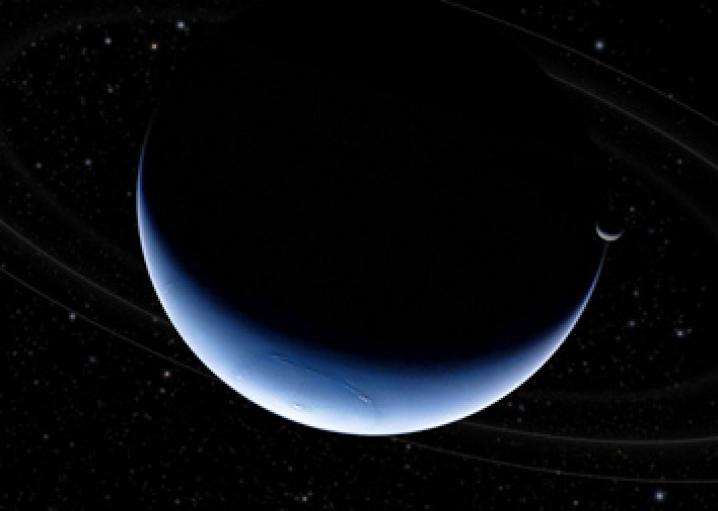
A Hex on Neptune - read that link please.
So I expect everyone knows about the Hexagon at Saturn's north pole, but very few people know about the one that apparently exists at Neptune's south pole - and that's likely because we don't have as many great photographs of Neptune as we do of Saturn. That is because the recent Cassini-Huygens mission to Saturn gave us some extremely detailed data, whereas the Neptune photographs are from Voyager 2 which visited Neptune in August 1989 (Voyager 2 was launched in 1977).
This composite apparently shows a very low resolution image that may corroborate the above depiction of a Hexagon with 6 distinct sides.
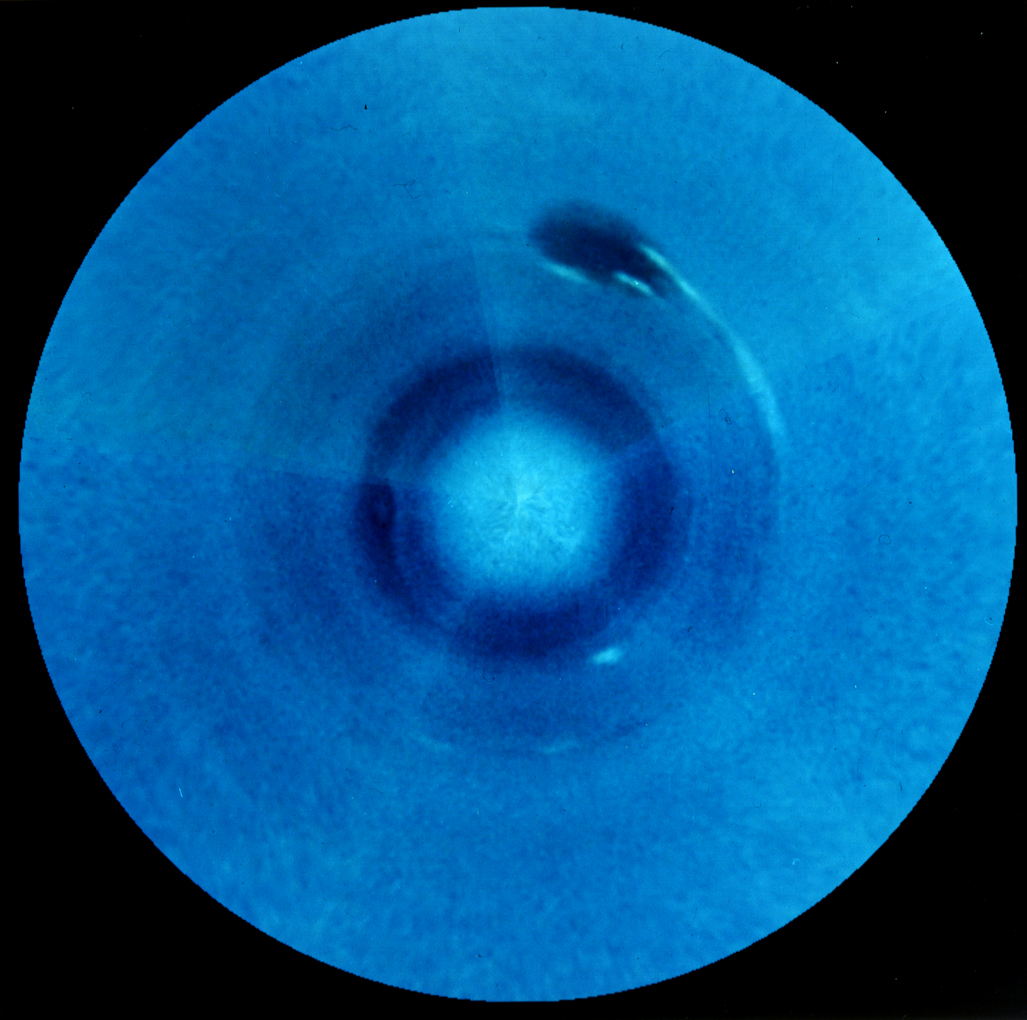
I also found this image interesting because it seemingly shows distinct auroral activity.
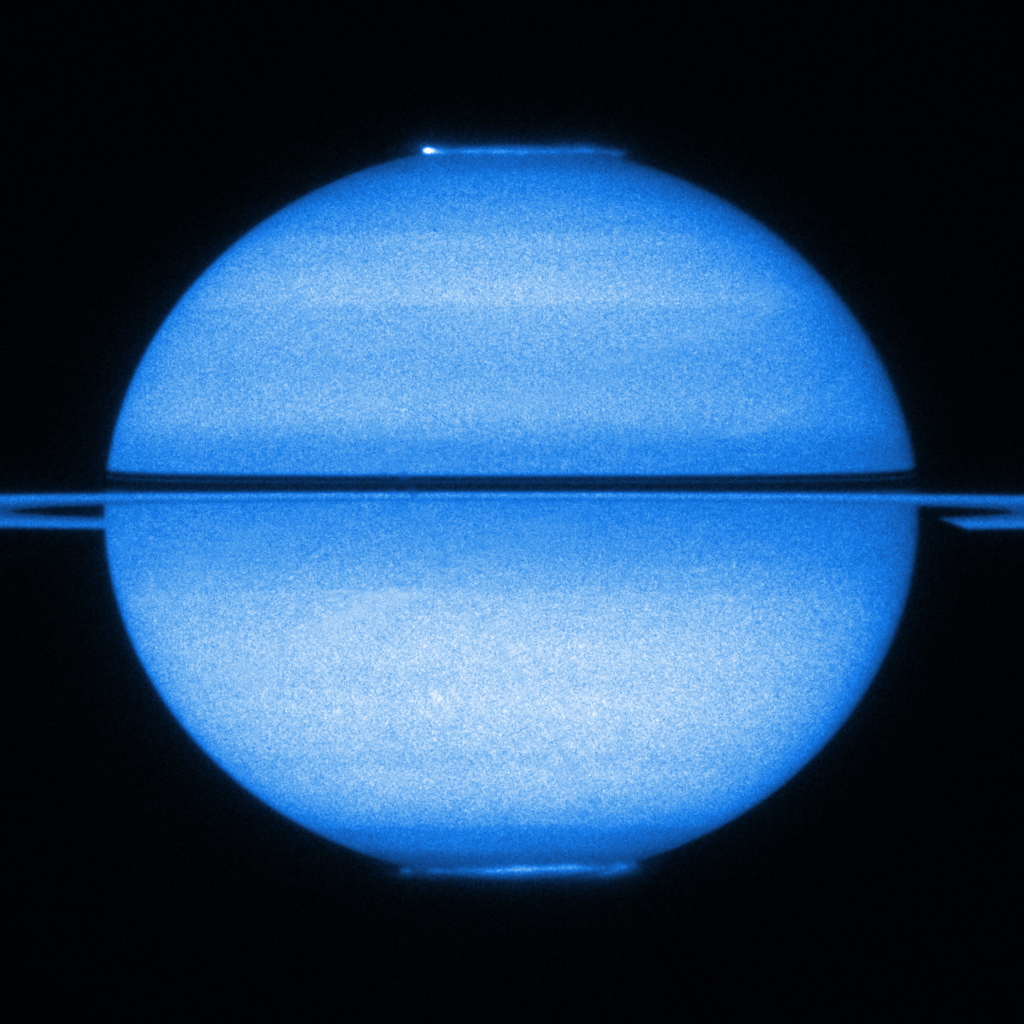
So here's a challenge for you ATS - can you find a Hexagon on Uranus? I can't find any decent quality photography but maybe someone who has better access can?
In the second post I've got a few bonuses for ya...

That stunning portrait is a composite of real images taken by Voyager and some more fanciful additions done by amateur astronomer Rolf Wahl Olsen.
To make this shot, Rolf used the actual images of the planet’s crescent disk from Voyager, tweaking them a bit to enhance the cloud features. To add the rings, he used very long exposures to model their density profile, then added them to the planet picture. He added a shot of the moon Triton taken by Voyager 2 a few days after the Neptune encounter, taking care to place it about where it would’ve been seen from this angle. Finally, he added background stars based on the position of Voyager and the angle at which it was seeing Neptune.
A Hex on Neptune - read that link please.
So I expect everyone knows about the Hexagon at Saturn's north pole, but very few people know about the one that apparently exists at Neptune's south pole - and that's likely because we don't have as many great photographs of Neptune as we do of Saturn. That is because the recent Cassini-Huygens mission to Saturn gave us some extremely detailed data, whereas the Neptune photographs are from Voyager 2 which visited Neptune in August 1989 (Voyager 2 was launched in 1977).
This composite apparently shows a very low resolution image that may corroborate the above depiction of a Hexagon with 6 distinct sides.

I also found this image interesting because it seemingly shows distinct auroral activity.

So here's a challenge for you ATS - can you find a Hexagon on Uranus? I can't find any decent quality photography but maybe someone who has better access can?
In the second post I've got a few bonuses for ya...
Bonus info :::
Anyways, did you know about this photograph of the vortex in the middle of the Saturn Hexagon?
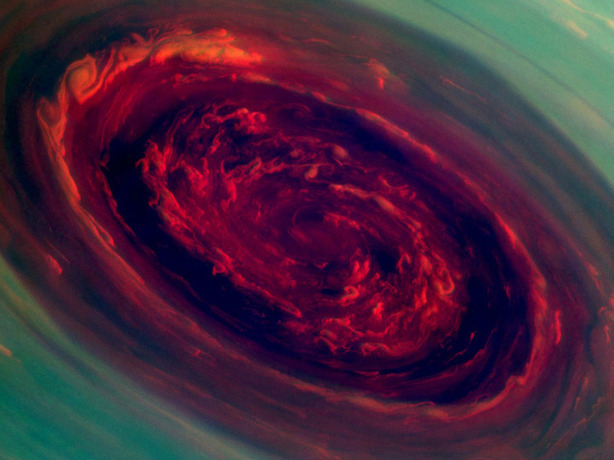
Isn't that unbelievable?
Also here are interesting hexagon shaped meteor craters on the moons Tethys and Mimas, I concede the Mimas one might be a pentagon and Tethys might be a heptagon though. It's hard to tell for me at least.
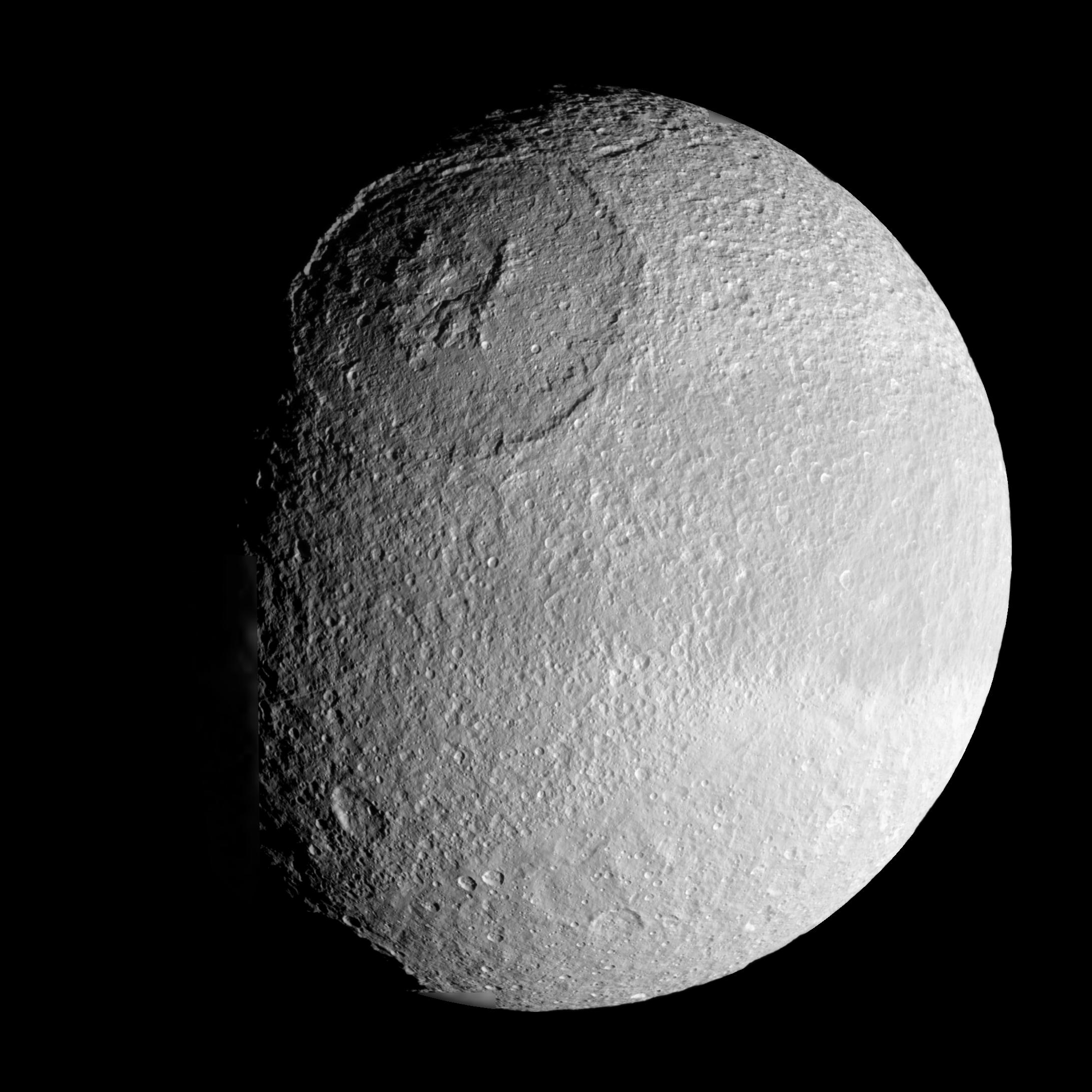

Why Nature Prefers Hexagons is a decent article worth glancing over as it shows some examples.
Here is a wiki on Tetrahedrons, and if you want to know some of the more bizarre theories relating to this geometric shape, Google this terminology : "tetrahedron physics 19.5". I don't agree fully with Hoagland's views but it's at least worth considering and reviewing. Here's a link to someone discussing his theory a little bit - 19.5 and Hyperdimensional physics
Basically they just throw two tetrahedrons onto each other to create this interesting figure reminiscent of the hexagon / hexagram symbolism, and Hoagland seems to believe this is a very important correlation with all of these astronomical and geological features.
Anyways, did you know about this photograph of the vortex in the middle of the Saturn Hexagon?

Isn't that unbelievable?
Also here are interesting hexagon shaped meteor craters on the moons Tethys and Mimas, I concede the Mimas one might be a pentagon and Tethys might be a heptagon though. It's hard to tell for me at least.


Why Nature Prefers Hexagons is a decent article worth glancing over as it shows some examples.
Here is a wiki on Tetrahedrons, and if you want to know some of the more bizarre theories relating to this geometric shape, Google this terminology : "tetrahedron physics 19.5". I don't agree fully with Hoagland's views but it's at least worth considering and reviewing. Here's a link to someone discussing his theory a little bit - 19.5 and Hyperdimensional physics
This latitude corresponds, on a planetary scale, to possible sources of immense energy from the internal regions of a planet. For example: 1) Mauna Loa volcano in Hawaii, 2) Iztaccihuatl and Popocatepetl volcanoes near Mexico City, 3) the absolutely huge Mare Orientale on the Moon’s far side (but near the edge of the Earth-side/far-side interface), 4) Olympus Mons on the planet Mars, (the solar system’s largest volcano), 5) the Great Red Spot on Jupiter, 6) the Great Blue Spot on Neptune, and so forth, are all located at or very near to 19.5° latitude. In addition, The Great Pyramids of the Sun and Moon at Teotihuacan, Mexico are also located near this latitude, suggesting the ancient architects may have had an inkling of this “energy source”.
Basically they just throw two tetrahedrons onto each other to create this interesting figure reminiscent of the hexagon / hexagram symbolism, and Hoagland seems to believe this is a very important correlation with all of these astronomical and geological features.
edit on 3/23/2018 by
muzzleflash because: (no reason given)
edit on 3/23/2018 by muzzleflash because: (no reason given)
I propose there is also a Hexagon on Uranus...
Look very closely...
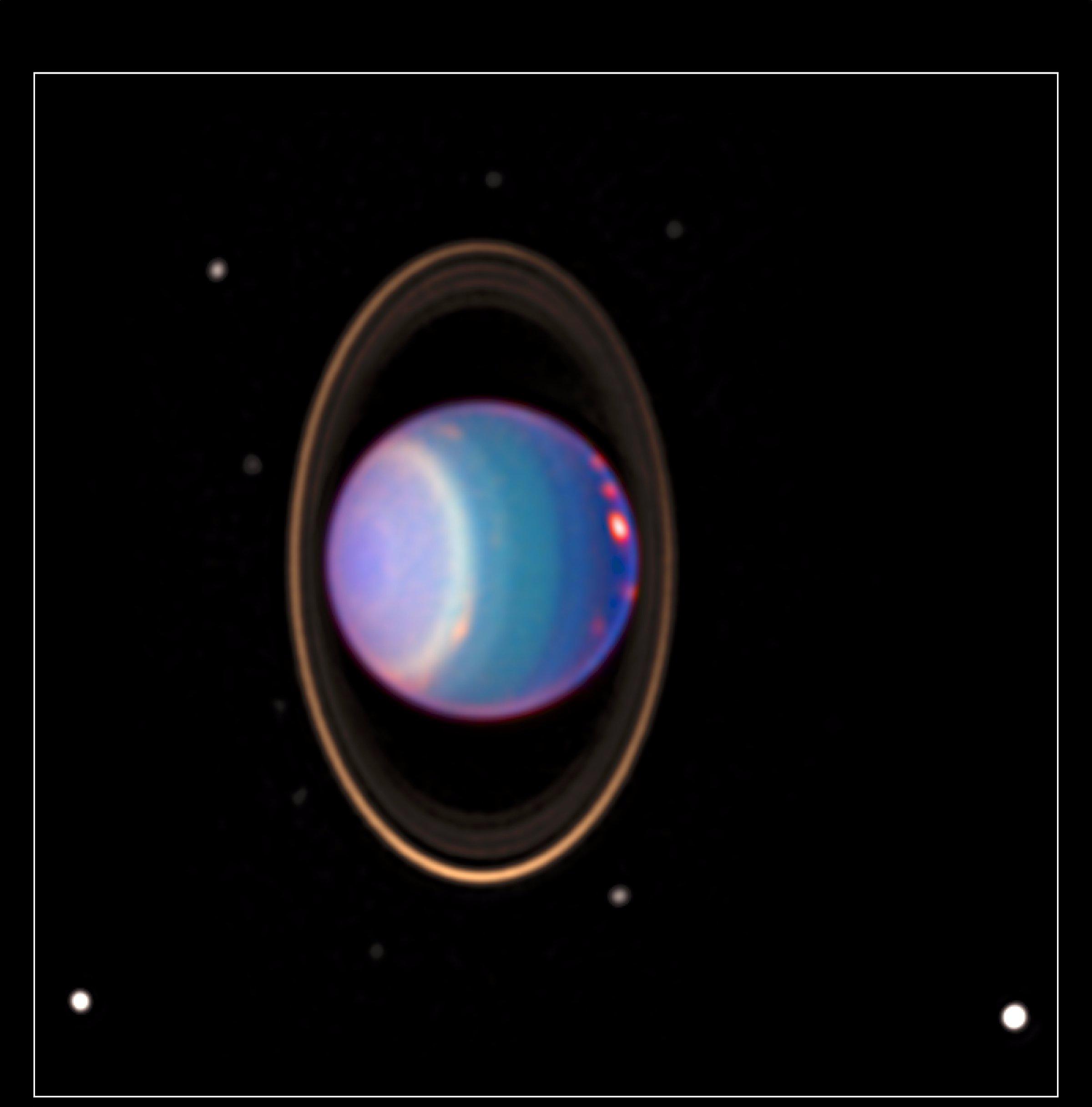
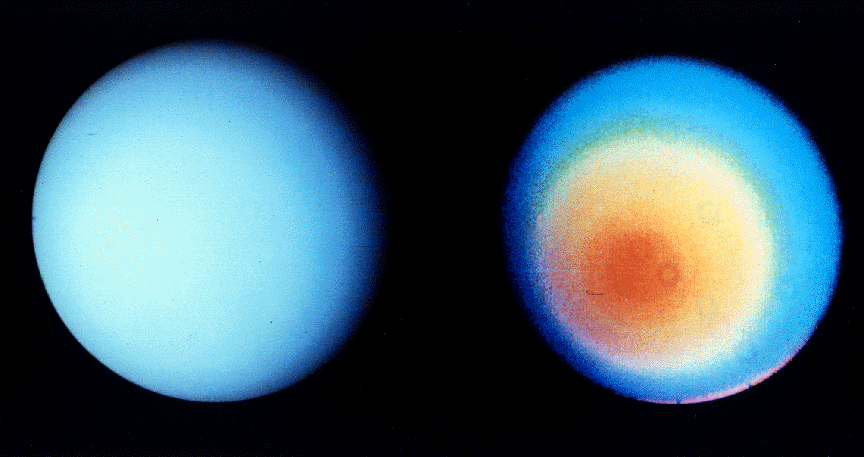
Look very closely...

A 1998 false-colour near-infrared image of Uranus showing cloud bands, rings, and moons obtained by the Hubble Space Telescope's NICMOS camera.

Uranus's southern hemisphere in approximate natural colour (left) and in shorter wavelengths (right), showing its faint cloud bands and atmospheric "hood" as seen by Voyager 2
edit on 3/23/2018 by muzzleflash because: (no reason given)
edit on 3/23/2018 by muzzleflash because: (no reason
given)
What do you guys/gals think? Anyone know more about theories explaining how this feature is possible? Did anyone think there was hexagons on Neptune
or Uranus already? Have any cool photos to share?
I guess you folks are just speechless lol, so here's a wiki with some theories:
Saturn's Hexagon
Scroll down a bit for proposed explanations.
Saturn's Hexagon
Scroll down a bit for proposed explanations.
it's part of the frequency control grid locking us into this paradigm
this rabbit hole is actually really deep I reccomend looking into saturnalia
this rabbit hole is actually really deep I reccomend looking into saturnalia
originally posted by: toysforadults
it's part of the frequency control grid locking us into this paradigm
this rabbit hole is actually really deep I reccomend looking into saturnalia
I've read a lot about Saturnalia, and written about it as well.
What does the ancient festival have to do with a physics phenomena you refer to as the frequency control grid and how does this lock us into this paradigm?
It's beautiful for sure I don't know enough about it to comment specifically except to say, nature is an amazing thing!
originally posted by: MarlbBlack
a reply to: muzzleflash
not speechless weather "patterns" are all over, get over it...
Wow you're a real jerk today huh?
I refuse to get over it. I want to understand it.
Hexagons happen when a normally circular feature experiences pressure or resistance from all sides. Bees' honeycomb cells
start out circular, but become hexagons as their walls mold together. It's nature's
way to fill up space as efficiently as possible.
If that's so than maybe mimas and tethys once were gasious too?
originally posted by: muzzleflash
What do you guys/gals think? Anyone know more about theories explaining how this feature is possible? Did anyone think there was hexagons on Neptune or Uranus already? Have any cool photos to share?
It's thought to be a result of fluid dynamics.
The interactions of groups pf swiling eddies rotating around a common point can cause such shapes, as seen recreated in this lab experiment here:
edit on 24/3/2018 by Soylent Green Is People because: (no reason given)
a reply to: muzzleflash
gather 7 marbles, or coins, anything you have 7 of that are round with the same radius, on a surface pile them into as near a space to each other as you physically can, notice the hexagon?
you cant do this with any other shape, spheroids naturally form a hexagon when their sizes are symmetrical, its only disorder of sizes that can change that.
in other words if we saw anything other then a hexagon is when we would be real confused and interested in studying it
to illustrate what i mean about the marbles,
a pure snowflake is always a hexagon for the same reason, however impurities such as dust particles introduced to a storm cloud can throw in the disorder needed to make the rare asymmetrical snowflake.
gather 7 marbles, or coins, anything you have 7 of that are round with the same radius, on a surface pile them into as near a space to each other as you physically can, notice the hexagon?
you cant do this with any other shape, spheroids naturally form a hexagon when their sizes are symmetrical, its only disorder of sizes that can change that.
in other words if we saw anything other then a hexagon is when we would be real confused and interested in studying it
to illustrate what i mean about the marbles,
a pure snowflake is always a hexagon for the same reason, however impurities such as dust particles introduced to a storm cloud can throw in the disorder needed to make the rare asymmetrical snowflake.
edit on 24-3-2018 by NobodiesNormal because: (no reason given)
a reply to: NobodiesNormal
Great way to illustrate this, thank you.
A circle (or a sphere in 3D) is the most efficient way to fill up an area.
When you have many circles vying for space, hexagons is nature's way to cram as many of them into as little space as possible, without any space wasted.
Great way to illustrate this, thank you.
A circle (or a sphere in 3D) is the most efficient way to fill up an area.
When you have many circles vying for space, hexagons is nature's way to cram as many of them into as little space as possible, without any space wasted.
a reply to: muzzleflash
Very interesting but in that composite picture I’m seeing a pentagon. There a appear to be 5 beams of light coming from the centre and 5 sides to the central blue disk as well. Though it is quite blurry.
If you cut an apple in half the seeds form a pentagon too, so it’s not like this shape doesn’t occur in nature.
Sacred geometry is worth looking into IMO.
Very interesting but in that composite picture I’m seeing a pentagon. There a appear to be 5 beams of light coming from the centre and 5 sides to the central blue disk as well. Though it is quite blurry.
If you cut an apple in half the seeds form a pentagon too, so it’s not like this shape doesn’t occur in nature.
Sacred geometry is worth looking into IMO.
originally posted by: muzzleflash
originally posted by: MarlbBlack
a reply to: muzzleflash
not speechless weather "patterns" are all over, get over it...
Wow you're a real jerk today huh?
I refuse to get over it. I want to understand it.
Besides, it's not "weather" but "whether", if we decide to be pedantic and "get over it".
originally posted by: wildespace
Hexagons happen when a normally circular feature experiences pressure or resistance from all sides. Bees' honeycomb cells start out circular, but become hexagons as their walls mold together. It's nature's way to fill up space as efficiently as possible.
So why aren't there any features like this on Jupiter?
Any ideas about that? Your thoughts would be appreciated, thanks!
new topics
-
A Question for You on the Left
Political Ideology: 48 minutes ago -
Words of Wisdom from the Dear Leader - Transcribed for the World
Regional Politics: 1 hours ago -
Looks like Biden kicked off WWIII and Putin threatening nukes to retaliate
World War Three: 1 hours ago -
Watch SpaceX Starship Test Flight 6 Live - Launch Starts 4pm CST , 2200 GMT.
Space Exploration: 5 hours ago -
Watch Dramatic Moment Ukrainian Nursery Teacher Takes Out Russian Missile With Rocket Launcher
Mainstream News: 6 hours ago -
He Had and It Has
Short Stories: 10 hours ago
top topics
-
Democrat county officials openly declare intention to commit ballot fraud in PA
2024 Elections: 15 hours ago, 18 flags -
Looks like Biden kicked off WWIII and Putin threatening nukes to retaliate
World War Three: 1 hours ago, 8 flags -
Morning’s Reverie
Short Stories: 12 hours ago, 3 flags -
He Had and It Has
Short Stories: 10 hours ago, 3 flags -
A Question for You on the Left
Political Ideology: 48 minutes ago, 3 flags -
Watch Dramatic Moment Ukrainian Nursery Teacher Takes Out Russian Missile With Rocket Launcher
Mainstream News: 6 hours ago, 2 flags -
Watch SpaceX Starship Test Flight 6 Live - Launch Starts 4pm CST , 2200 GMT.
Space Exploration: 5 hours ago, 2 flags -
Words of Wisdom from the Dear Leader - Transcribed for the World
Regional Politics: 1 hours ago, 1 flags
active topics
-
Looks like Biden kicked off WWIII and Putin threatening nukes to retaliate
World War Three • 23 • : rickymouse -
A Question for You on the Left
Political Ideology • 3 • : xuenchen -
Russian ‘floating bomb’ ship packed with explosives now just 15 miles from two UK towns
Breaking Alternative News • 154 • : SprocketUK -
Watch Dramatic Moment Ukrainian Nursery Teacher Takes Out Russian Missile With Rocket Launcher
Mainstream News • 12 • : Oldcarpy2 -
Incoming TRUMP Admin will Declare a National Emergency to Mass Deport People Here Illegally.
Social Issues and Civil Unrest • 104 • : AlroyFarms -
DefCon Teetering on Escalation
World War Three • 34 • : RickyD -
Democrat county officials openly declare intention to commit ballot fraud in PA
2024 Elections • 14 • : hangedman13 -
Post A Funny (T&C Friendly) Pic Part IV: The LOL awakens!
General Chit Chat • 7788 • : underpass61 -
Well, here we go red lines crossed Biden gives the go ahead to use long range missiles
World War Three • 231 • : CriticalStinker -
Words of Wisdom from the Dear Leader - Transcribed for the World
Regional Politics • 0 • : gortex


